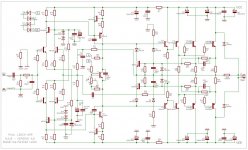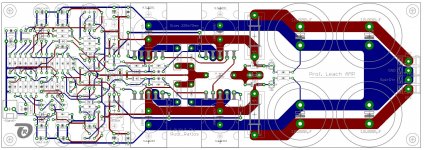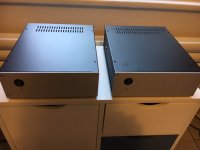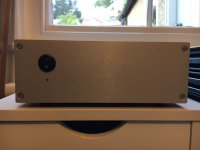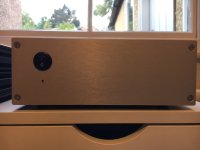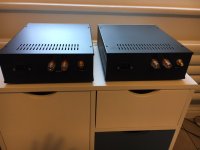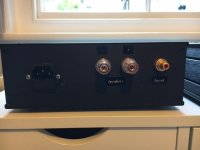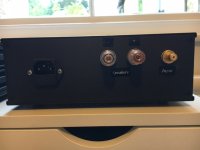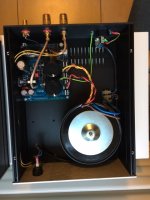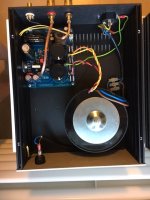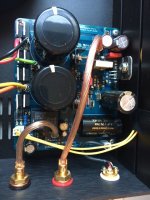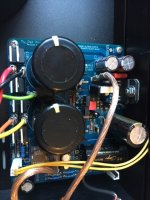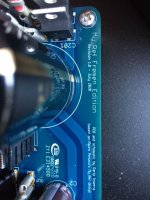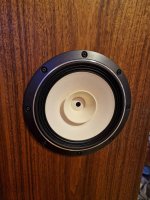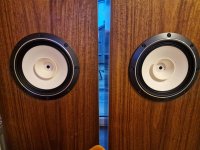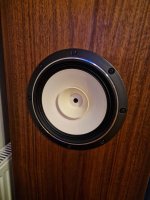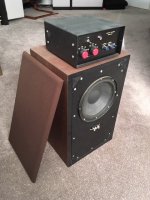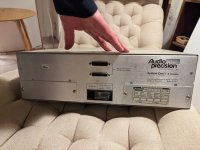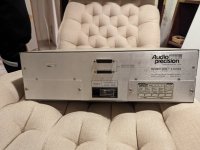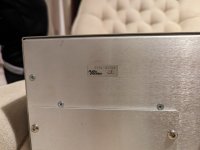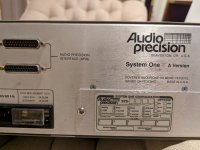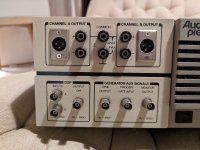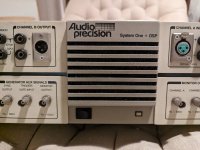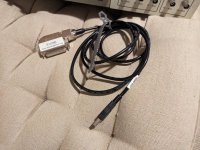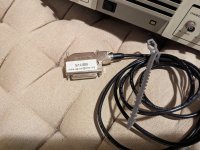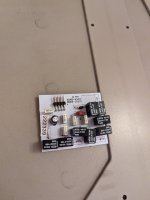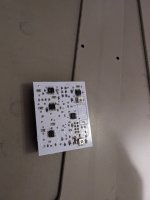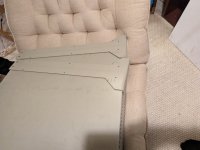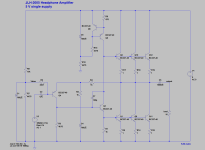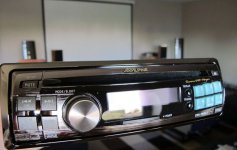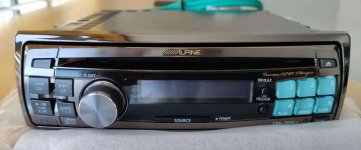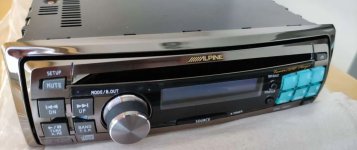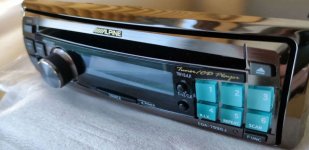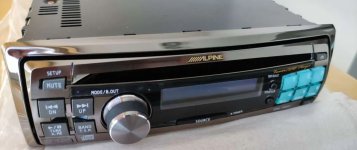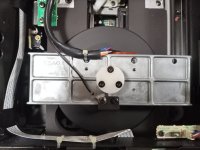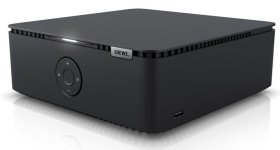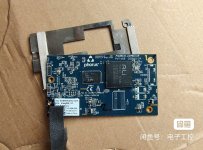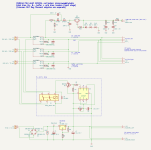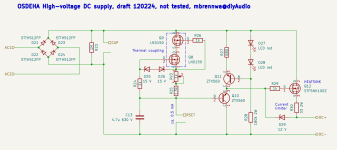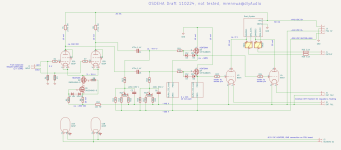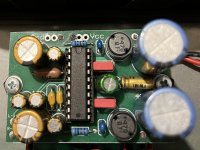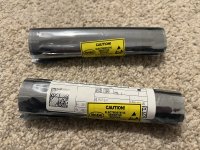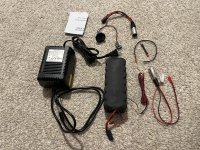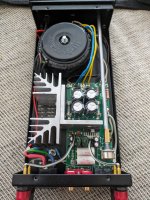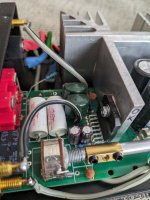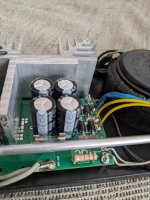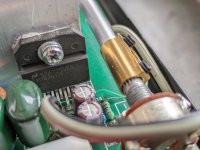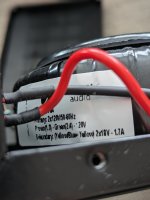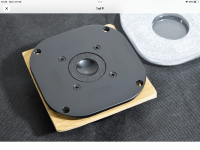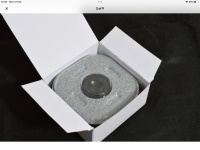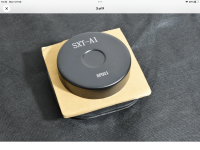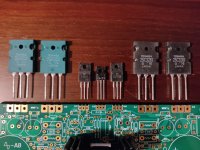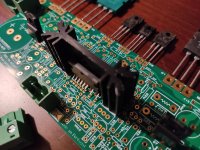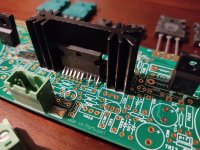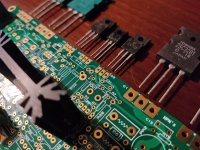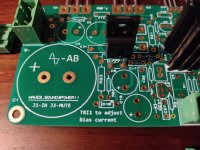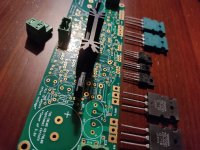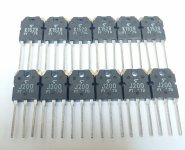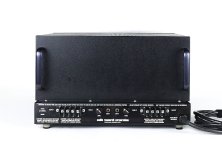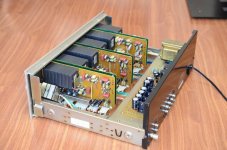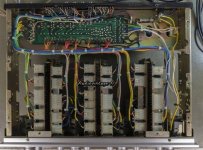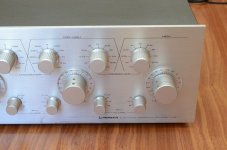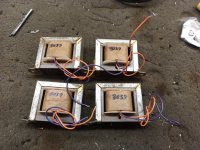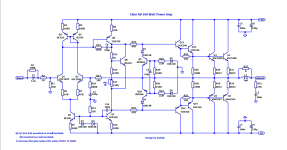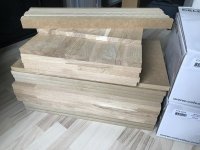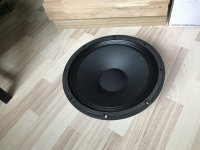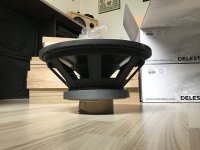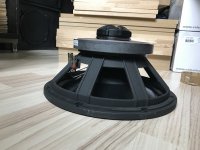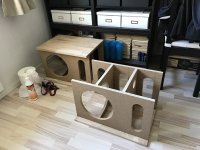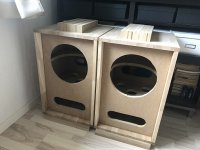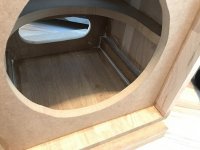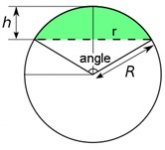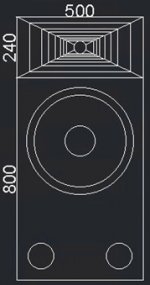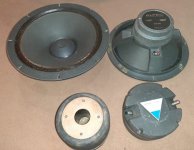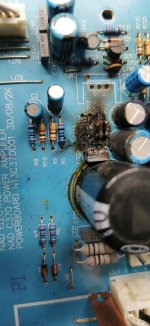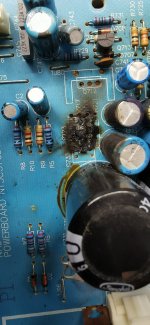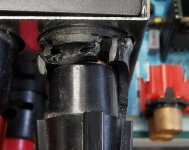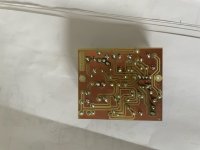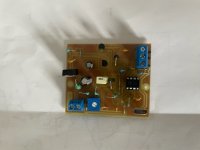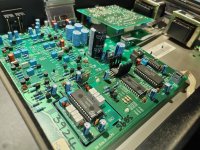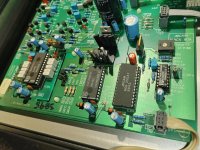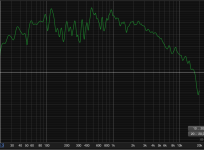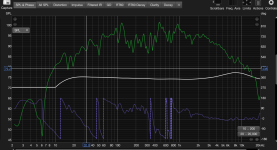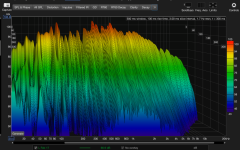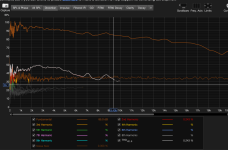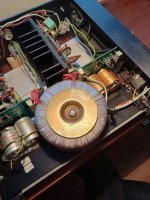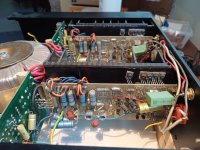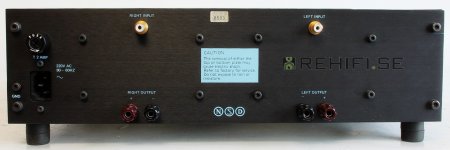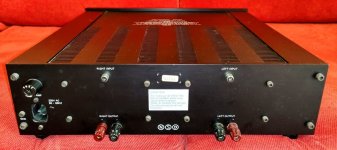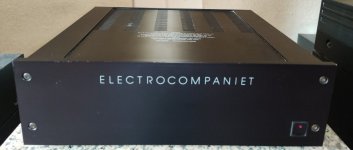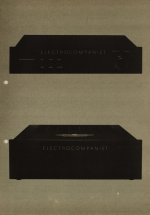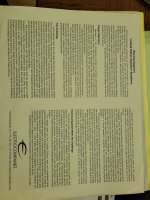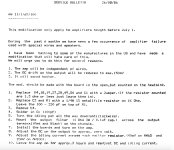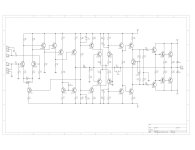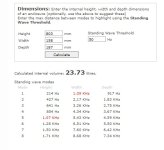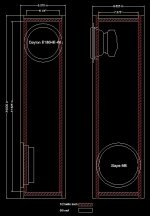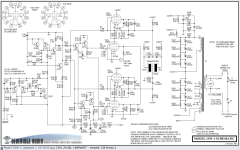Professor Leach Amplifier
- By Rudi_Ratlos
- Solid State
- 55 Replies
Gentlemen, my living-room amplifier (Audio Agile Step AMP, the company "Audio Agile" does no longer exist and I have not been able
to source the amplifiers schematic for repair) passed away 2 month ago, and I need a replacement for it.
I do not like to use my SYMASYM as replacement.
The SYMASYM has been the "working-horse" for all of my projects and works perfectly with them.
Nor do I want and use any of Mr. Nelson Pass' amplifiers.
His amplifiers (I have built his A40, F5, ACA) are too weak (may I therefore call them "CORONA amplifiers" - without being put into the bin?)
to ventilate my speakers (f.e.: KAPPA Infinity 600).
I have remembered Prof. Nelson Pass' amplifier (Release 4.5) to sound very well and have done a layout of my own.
Image1 shows the schematic; Image2 shows the layout.
I have the needed MPSA06, MPSA56, 2N3439 and 2N5416 at hand for 5 pairs of the Leach_AMP PCBs.
I will use NJL0281DG / NJL0302DG with integrated thermal diodes as output transistors.
MOUSER does not currently offer the NJL. But ARROW does!
I have not yet ordered anything from ARROW. Is it a trustworthy company?
If so: I will order 25 pcs. of NJL0281DG/NJL0302DG each and match them (as well as the MPSA transistors) for you.
The PCB size is 228 x 79 mm.
The price for 1 PCB, 6xMPSA06, 5xMPSA56, 2x2N3439 and 2x2N5416 is 15€. A pair of PCBs will then cost 30€ (shipping cost not included).
2 pairs of the Leach AMP PCBs are already spoken for.
Are there any 3 (even more?) of you, who want to build this amplifier?
Give me a PM then.
Best regards - Rudi_Ratlos
to source the amplifiers schematic for repair) passed away 2 month ago, and I need a replacement for it.
I do not like to use my SYMASYM as replacement.
The SYMASYM has been the "working-horse" for all of my projects and works perfectly with them.
Nor do I want and use any of Mr. Nelson Pass' amplifiers.
His amplifiers (I have built his A40, F5, ACA) are too weak (may I therefore call them "CORONA amplifiers" - without being put into the bin?)
to ventilate my speakers (f.e.: KAPPA Infinity 600).
I have remembered Prof. Nelson Pass' amplifier (Release 4.5) to sound very well and have done a layout of my own.
Image1 shows the schematic; Image2 shows the layout.
I have the needed MPSA06, MPSA56, 2N3439 and 2N5416 at hand for 5 pairs of the Leach_AMP PCBs.
I will use NJL0281DG / NJL0302DG with integrated thermal diodes as output transistors.
MOUSER does not currently offer the NJL. But ARROW does!
I have not yet ordered anything from ARROW. Is it a trustworthy company?
If so: I will order 25 pcs. of NJL0281DG/NJL0302DG each and match them (as well as the MPSA transistors) for you.
The PCB size is 228 x 79 mm.
The price for 1 PCB, 6xMPSA06, 5xMPSA56, 2x2N3439 and 2x2N5416 is 15€. A pair of PCBs will then cost 30€ (shipping cost not included).
2 pairs of the Leach AMP PCBs are already spoken for.
Are there any 3 (even more?) of you, who want to build this amplifier?
Give me a PM then.
Best regards - Rudi_Ratlos
